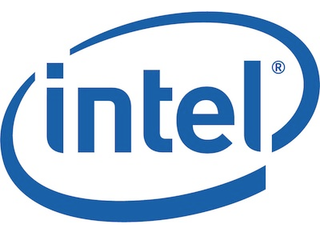Intel Jumps Into Neuromorphic Computing With 'Loihi' Test Chip

Intel announced the Loihi, a neuromorphic test chip that promises to drastically increase energy efficiency for artificial intelligence tasks that involve pattern recognition. The chip, and its software, can also learn from its environment to become smarter at fulfilling its objective.
Neuromorphic Computing
Neuromorphic chips are designed to work similarly to how our neurons and synapses work. One of the pioneers in this area has been IBM, which has developed TrueNorth, a chip with 4,096 cores, where each core has 256 artificial neurons (one million in total), and each artificial neuron has 256 artificial synapses.
Qualcomm has also been researching and developing a similar platform, called Zeroth, which could, for instance, be used to detect malware. However, this type of neuromorphic or “cognitive” computing technology is still rather new, so it hasn’t been widely adopted in devices or by developers yet. Intel may change that if it succeeds in making Loihi a widely available chip in PCs or data centers.
Self-Learning Capability
The Loihi test chip can do both training and inference, so it can learn and then apply what it has learned without needing a connection to the cloud, allowing the machines to adapt in real time.
Intel believes that the learning capabilities of the Loihi neuromorphic chip have “enormous potential” to be used in autonomous driving, as a car could learn about new changes in the road as it drives itself, and it could more easily learn to recognize other cars and bicycles.
Loihi Features
The test chip will include features such as:
- Fully asynchronous many-core mesh architecture that supports a wide range of sparse, hierarchical, and recurrent neural network topologies, with each artificial neuron being capable of communicating with thousands of other neurons.
- 130,000 artificial neurons and 130 million artificial synapses
- Manufactured on Intel’s 14nm process
- Each “core” can be programmed independently of the others
- The chip will support the development of algorithms to solve problems such as path planning, constraint satisfaction, sparse coding, dictionary learning, and dynamic pattern learning and adaptation.
Intel plans to share the Loihi test chip with leading universities and research institutions in the first half of 2018 with a focus on advancing AI, so there may be a few years before we can see it in production.
Stay on the Cutting Edge
Join the experts who read Tom's Hardware for the inside track on enthusiast PC tech news — and have for over 25 years. We'll send breaking news and in-depth reviews of CPUs, GPUs, AI, maker hardware and more straight to your inbox.
-
bit_user I wonder if this originated in Nervana or Movidius, or perhaps it was a research project at Intel from before either of those acquisitions.Reply
BTW, although Zeroth initially sounded like a hardware engine, it seems to be a software framework that harnesses Qualcomm's DSP, GPU, and CPU for deep learning. I think Huawei will be the first to ship a dedicated deep learning hardware block in a phone SoC.
Most Popular


